
Products
API 5L seamless & welded line pipe
Product Application
A line pipe is a steel pipe used for transporting oil, gas, or water over long distances. It is made from high-strength steel that can withstand the high pressures and temperatures involved in transportation. Line pipes must meet strict standards set by organizations like the American Petroleum Institute (API). API 5L is a common standard for this. They are produced in various sizes, from small-diameter pipes used for residential plumbing to large-diameter pipes used for major pipelines. They can be either seamless or welded. A seamless line pipe is made from a single piece of steel, while the welded pipes is made by joining steel plates together. Line pipes have properties like diameter, wall thickness, and steel grade that determine the strength and durability of the line pipe.
TYPES OF LINE PIPE
Pipelines can be categorized into different types. The following pipelines are classified according to the type of fluids and items transported.
Water and Drain Line Pipe
This type is used to carry H2O from one location to another. They are made of metal or plastic, and usually buried underground and coated with a material that helps to prevent rusting. In addition, such pipelines may be equipped with fittings that help to connect to other types of pipes or fixtures. They are an essential part of any plumbing system, and used in residential, commercial, and industrial applications.
Oil line pipe
This pipelines are used to transport petroleum products such as crude oil and natural gas. They are usually made of steel or iron. In order to protect the pipe from rust, a coating is usually applied. This coating can be made from a variety of materials, including plastics and resins. The petroleum products transported through the pipeline can be refined into useful products such as gasoline and diesel.
Gas Line Pipe
The gas line pipe is used to carry and transport natural gas. It is generally made of steel, which is a strong and durable material. However, over time, steel can start to corrode and weaken. To protect the pipelines from rust, it is often coated with a layer of plastic or other material. Such pipelines are typically buried underground, but they can also be installed above ground. The pipelines must be properly maintained to ensure that it does not leak or burst, which could pose a serious safety hazard.
Product parameters
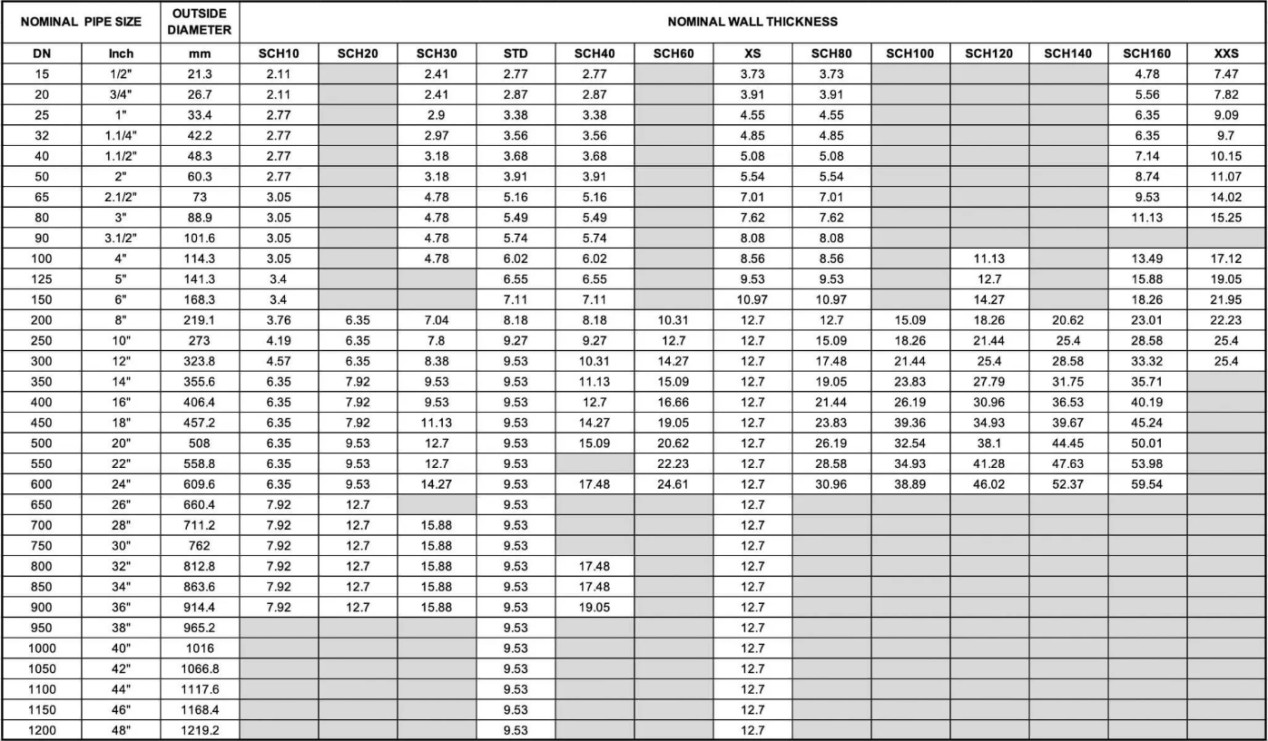
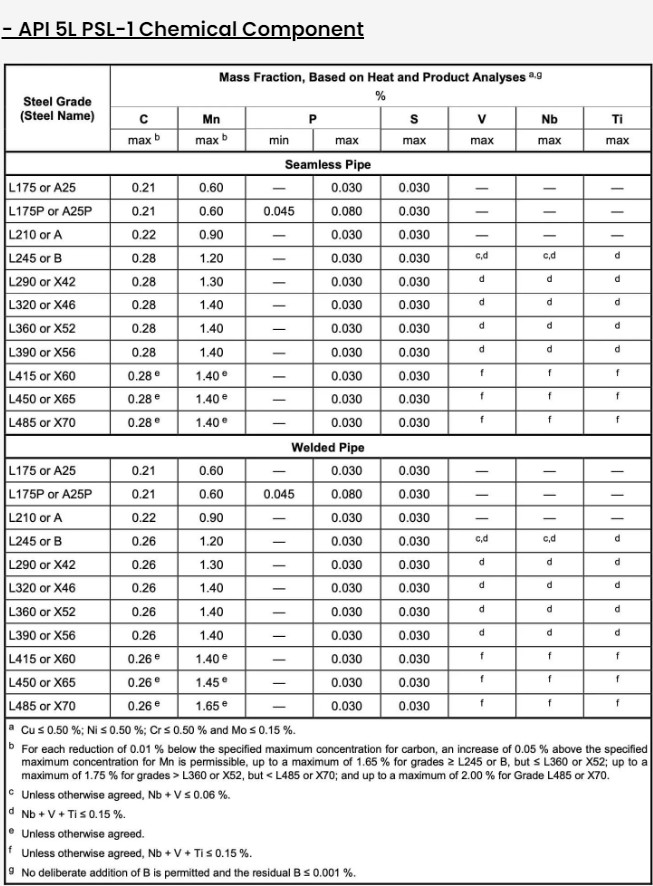
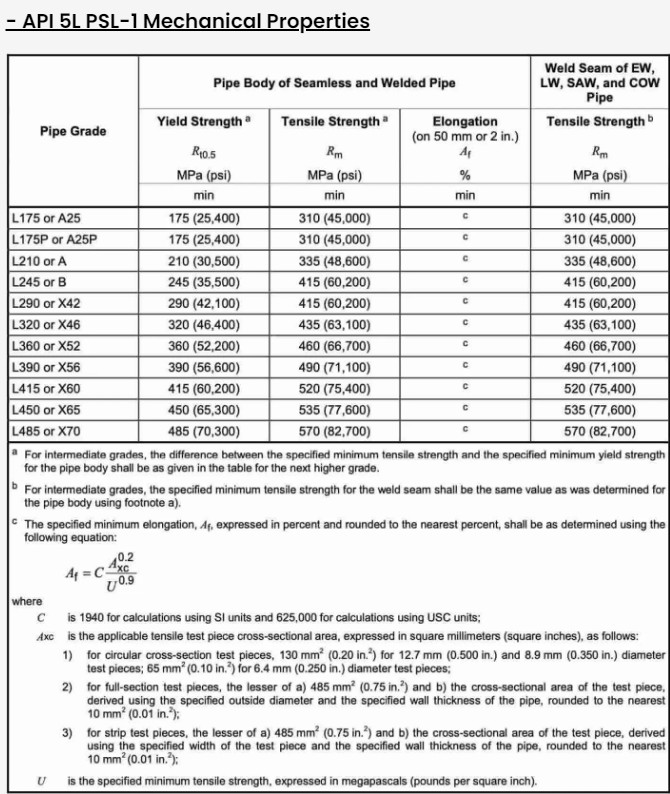
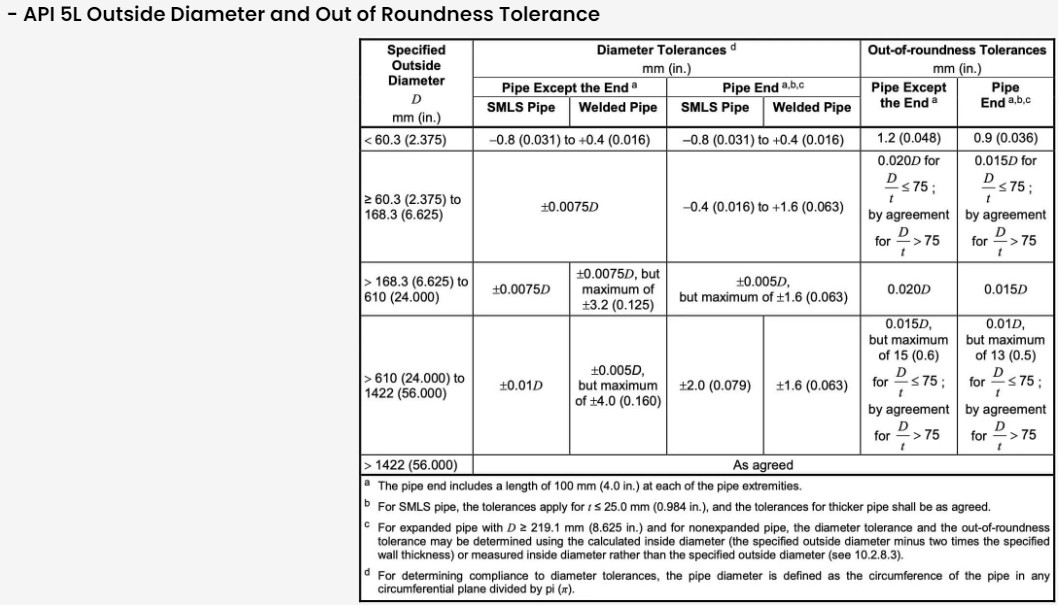
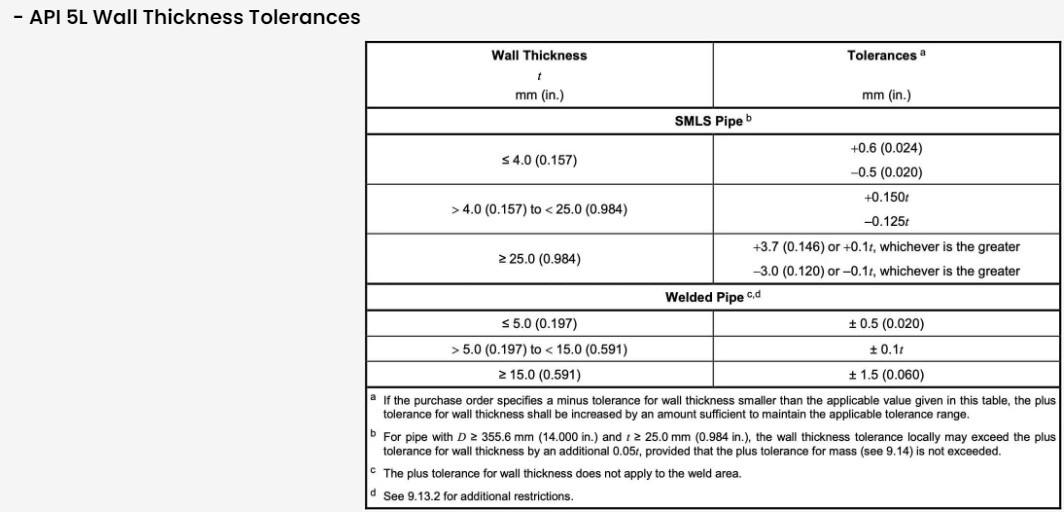






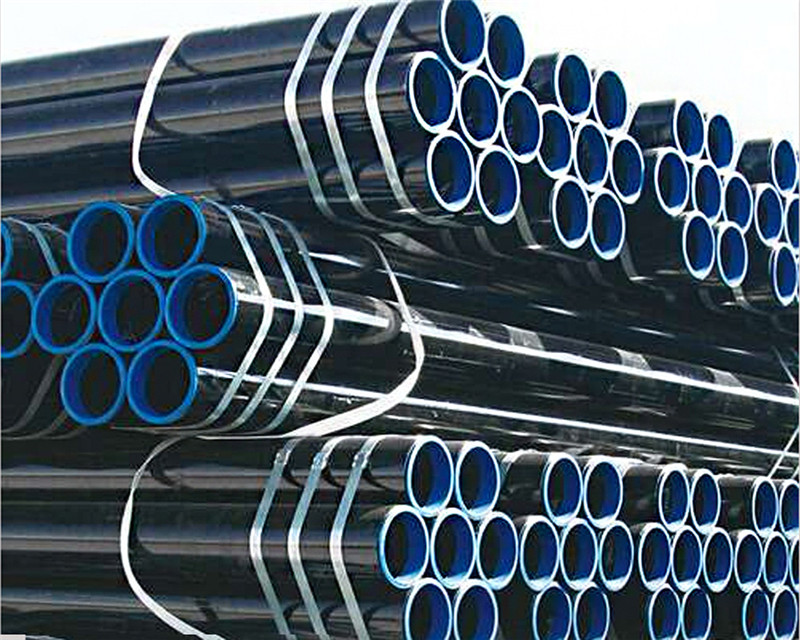
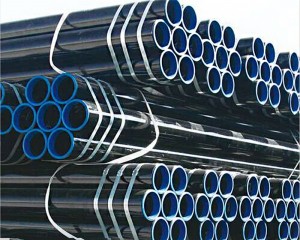
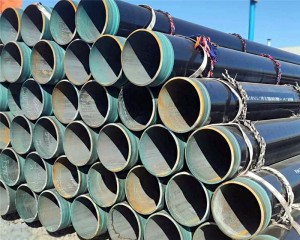
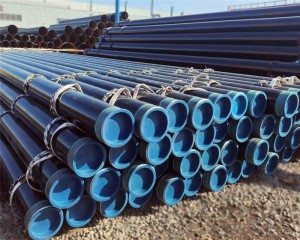

 Room 703 Building B, Greenland center, Hi-tech development zone Xi’an, China
Room 703 Building B, Greenland center, Hi-tech development zone Xi’an, China
 86-13609153141
86-13609153141


